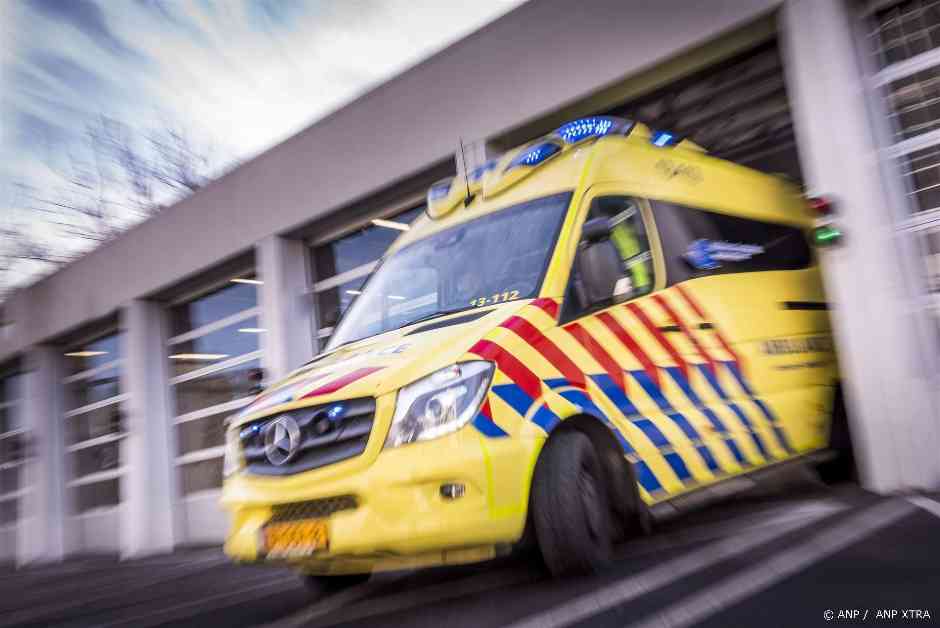Do you know when you should call 112 and what you should say? Hopefully, you have never had to do it, but in case you need to, we will answer those two and more questions about 112.
The holiday season is approaching, so it is useful to know what the emergency number is in other countries. In most European countries, it is also 112. You can use 112 throughout the European Union, as well as in Switzerland, the United Kingdom, Australia, China, Egypt, and Canada. When you call 112 abroad, you will reach the emergency center of the country you are in at that time.
When should you call 112?
In short, you call 112 in emergency situations. However, it can still be difficult to determine exactly what falls under that category. The Red Cross has listed a few things where you should always call the emergency services:
– If someone is unconscious
– If someone has serious burns
– In case of a serious problem on the street, in businesses, or in public spaces
– If someone has chest pain
– If someone has severe headaches after an accident, stroke, or epileptic seizure
– In case of an allergic reaction
– If someone is very short of breath or has inhaled smoke or hot gases
– If someone is hypothermic or overheated and becomes drowsy
– If someone is in shock
– If someone is coughing up blood or vomiting blood
There are more situations where calling 112 is necessary, such as witnessing an accident or crime or if you have had a collision and someone is injured. If you are unsure whether the situation you are in is ‘serious enough’ to call 112, you can also call the out-of-hours GP service. They can better assess what is needed and still call the emergency services. The general police number can also be an option in less life-threatening situations.
What do you say when you call 112?
Fortunately, the operators at the emergency center are well-trained – and if you get the ambulance service on the phone, the operator is always a nurse – and they will ask you exactly what they need to know. Try to remain calm and clearly indicate what exactly is happening, where the accident or emergency is taking place, and who or what is needed. Police, fire brigade, or ambulance.
Tip from the Red Cross: always call 112 on speakerphone. After you have explained exactly what is happening, they may give you instructions to resuscitate someone or cover a wound, for example.
Can you text 112?
Sometimes you are not free to talk, but then you can also send a text message to 112. First, you have to text the word ‘register’ to 112. There is also a special app that you can download and send messages to the emergency center through it.
Can you do that without coverage or credit?
You can always call 112 in the Netherlands, even without credit and even without a SIM card. Think of the emergency call you can activate on your phone, even if your SIM card is locked. And if you have no coverage with your own provider, another provider takes over, as agreed in the Netherlands, so you can always reach the emergency center.
How long should you stand under the cold shower? And more questions about cold showers

